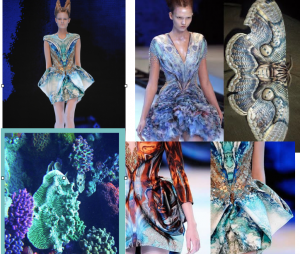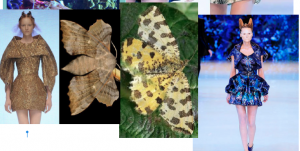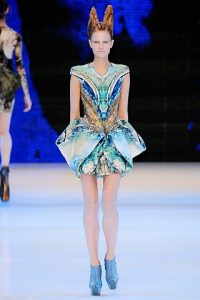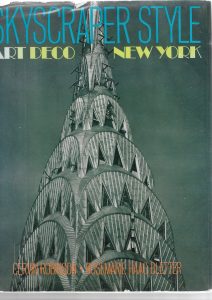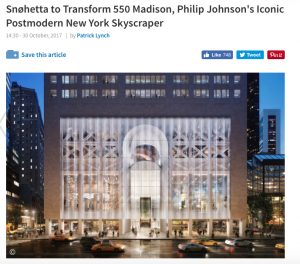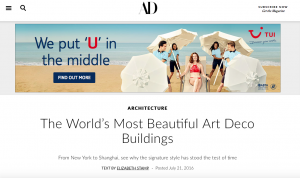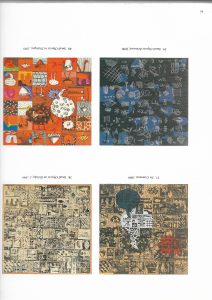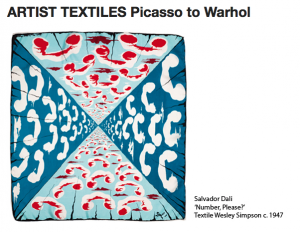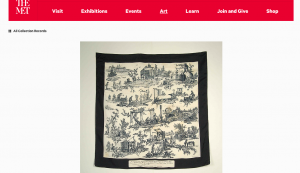Throughout this module I have explored a variety of tasks and themes within fashion which some I have found more interesting and easier to connect with than others. I found every task beneficial to my writing and I found a definite progress throughout this semester.
With the research part of this module 5&6 I have found it easier to look up online sources on my laptop than in books in the library using WebCat as online, I am more used to google system from being involved in it from the beginning of my education. From these tasks I have become more open to use the Library system and have been shown introductions to it well, I will now be able to have a varied bibliography in my future modules not only in research and communication but in every one this year. Through the Academic Integrity (task 3&4) this through me in the deep end and has shown me each way to find resources but also reference them properly. I have not had to reference many of my works before so using the Harvard referencing system (task 1&2) was new to me but I enjoyed learning it and found it easier than I anticipated and through practice will get better. Although I had to get the hang of making sure I included all the details within the reference it make it legitimate to be submitted. I mostly enjoyed writing about ethics (task 9&10) and the social problems within fashion and the world that surrounds this, but next time I would like to broaden my knowledge on the certain subject areas such as sexism and improve my vocabulary so I can explain things in a developed and intelligent way. I could do this by reading more books and read news stories about current stories and get up to date. Finding quotes (task 7&8) within the library and online I found the most difficult in all the tasks, especially in a book when I had not used the system much as the task was one of the first set in the year. Once I found a book and a quote that either framed or conflicted my argument I found this to be much easier as I managed to choose topics I have interest in. I will need to practice finding appropriate books either from my own collection or from library and add them to a personal bibliography.
Within my writing I have very muddled paragraphs which is down to a lack of developed analysis and reflection in my writing. although my time management is good as we are given each task a week, I should have asked for more 1to1’s with my tutor so my paragraphs could be organised more professionally.
I have found this module interesting but challenging to my own personal battles through writing and how to research properly and more professionally. I have enjoyed contributing to the lectures and found them engaging.

